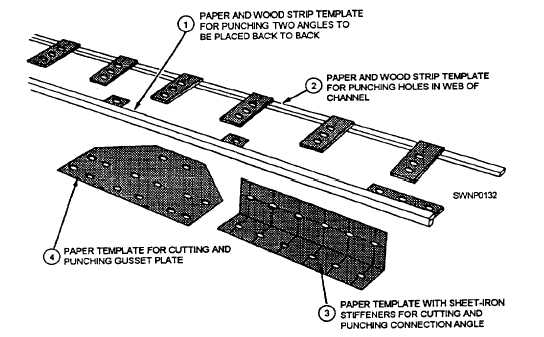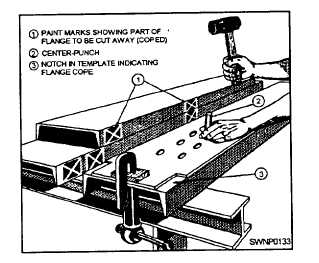
Figure 3-39. - Paper and combination templates.

Figure 3-40. - Use of template in laying out a steel channel.
correspond with marks shown on the detail drawing (fig. 3-41).
The ERECTION MARK of a member is used to identify and locate it for erection. It is painted on the completed member at the left end, as shown on the detail drawing, and in a position so that it will be right side up when the member is right side up in the finished structure.
An ASSEMBLY MARK is painted on each piece on completion of its layout so that the piece can be identified during fabrication and fitting up with other pieces to form a finished member.
PIPE FITTING AND LAYOUT OPERATIONS
Lack of templates, charts, and mathematical formulas need not hinder you in pipe layout. In emergencies, welded pipe of equal diameter can be laid out in the field quickly and easily. By using the methods described here and a few simple tools, you can lay out branches and Y connections as well as turns of any angle, radius, and number of segments. The few simple tools required are both readily available and familiar to the Steelworker through almost daily use. A framing square, a bevel protractor with a 12-inch (20-cm) blade, a spirit level, a spring steel wraparound (or tape), a center punch, a hammer, and a soapstone will meet all needs. (A stiff strip of cardboard or a tin sheet about 3 inches [7.5 cm] wide also makes a good wraparound.) For purposes of our discussion, the long part of the framing square is referred to as the BLADE and the short part as the TONGUE.
LAYOUT OPERATIONS
Two methods of pipe layout are commonly used. They are the one-shot method and the shop method. The ONE-SHOT method is used in the field. With this
Continue Reading